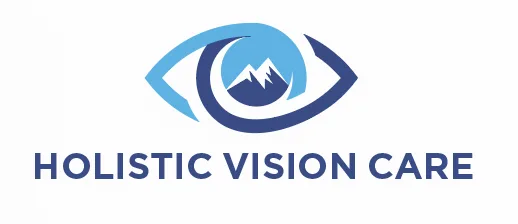Stem Cells for Vision Disorders
Stem cell vision therapy for vision disorders is showing significant promise by potentially regenerating damaged eye tissues and restoring lost vision. We are pioneering the use of Hyperbaric Oxygen Therapy as well as sight-supporting acupuncture and specific breathing techniques that greatly increase body’s ability to produce stem cells endogenously. Here are the key benefits and current research insights:
Benefits of Stem Cell Therapy for Vision Disorders
1. Regeneration of Damaged Eye Tissues
– Stem cells can differentiate into specialized cells, offering the potential to replace damaged retinal, corneal, and optic nerve cells[1][2]. This is important because the cells that make up the eyes and the retina are very specific cells that the body cannot replace readily, so the ability to induce stem cells to help replace and rejuvenate the vision is very important and special.
– This approach could restore vision in conditions previously considered untreatable, such as retinal degeneration and optic nerve damage[1].
2. Treatment for Various Eye Conditions
– Stem cell therapy is being explored for diseases like age-related macular degeneration (AMD), retinitis pigmentosa, glaucoma, and corneal disorders[5].
– For example, lab-grown limbal stem cells have been used to repair damaged corneas, restoring vision in patients[2].
3. Neuroprotection and Stem Cell Vision Replacement
– In glaucoma, stem cells may protect retinal ganglion cells from degeneration and replace lost cells, potentially restoring connections from the eye to the brain[3].
– This dual approach offers neuroprotective benefits early in the disease and regenerative possibilities in later stages[3].
Current Research and Challenges
1. Clinical Trials and Approvals
– Numerous clinical trials are underway to test the safety and efficacy of stem cell vision therapies for various eye diseases[4].
– We are currently informally assessing the combination of Hyperbaric Oxygen, Acupuncture and Vision Restoration Breathing in order to increase stem cell possibilities for repairing and regenerating retinal and optical nerve tissue. There is considerable therapeutic potential for stem cell therapy exists in relation to recovering lost vision and ensuring current vision is sustained.
2. Types of Stem Cells Used
-Endogenous stem cells are created using the body’s natural reaction to induced hypoxia, there by ensuring that the eye tissue can accept and use the stem cells that are created.
– Embryonic stem cells (ESCs) and induced pluripotent stem cells (iPSCs) are also being considered for their usefulness. Several studies are assessing the desirability due to their ability to differentiate into any cell type[5].
– iPSCs offer an unlimited supply as they can be generated from adult cells in the laboratory[5].
3. Challenges and Risks
– While promising, exogenous stem cell therapies are not yet proven safe or effective for all eye conditions[3].
– Risks include angiogenesis, inflammation, and potential vision loss if not properly tested in pre-clinical models[3].
Conclusion
Stem cell vision therapy represents a groundbreaking approach to treating vision disorders by regenerating damaged tissues using endogenously created stem cells. This ground-breaking approach offers hope for conditions like AMD, retinitis pigmentosa, glaucoma, and corneal diseases. Our clinic is involved in developing new products and investing in current and new services to benefit our clients and to address safety concerns and optimize treatment protocols, potentially transforming ophthalmic care in the future.
Sources
[1] Eye Disorders Treated Fast Using Stem Cells https://ocwellnessphysicians.com/treated-with-stem-cells/
[2] The eye and stem cells: the path to treating blindness – EuroStemCell https://www.eurostemcell.org/eye-and-stem-cells-path-treating-blindness
[3] Stem Cell Therapy For Glaucoma – Are We There Yet? https://glaucoma.org/articles/stem-cell-therapy-for-glaucoma-are-we-there-yet
[4] Stem Cell Therapies for Intraocular Disease – PMC – PubMed Central https://pmc.ncbi.nlm.nih.gov/articles/PMC9312444/
[5] Stem Cell Therapy & Clinical Trials to treat Vision Loss https://www.fightingblindness.ca/resources/stem-cell-therapy-for-vision-loss/
[6] Stem cell therapy – Macular Society https://www.macularsociety.org/research/now/stem-cell-therapy/
[7] Stem Cell Therapy for Eye Disease: What You Need to Know https://www.aao.org/eye-health/tips-prevention/stem-cell-therapy-eye-disease-facts
[8] Stem Cells: Progress in Treating Degenerative Eye Disease https://www.cedars-sinai.org/newsroom/stem-cells-progress-in-treating-degenerative-eye-disease/





